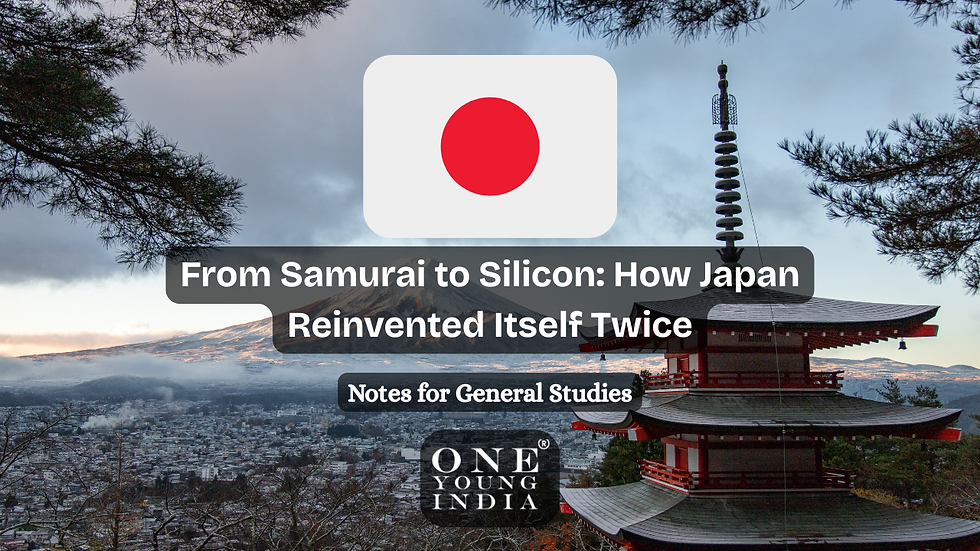Helicopter Money
- One Young India

- Sep 5, 2022
- 2 min read
Updated: Sep 10, 2022
Introduction
This is a novel monetary policy tool aimed at reviving a faltering economy. It entails the printing of large amounts of money and distributing them to the general public. This term was coined by American economist Milton Friedman. It is a term that refers to a helicopter dropping money from the sky. Friedman used the term to signify "unexpectedly dumping money onto a struggling economy with the intention to shock it out of a deep slump."Under such a policy, a central bank "directly increase the money supply and, via the government, distribute the new cash to the population with the aim of boosting demand and inflation."It essentially means a non-repayable transfer of funds from the central bank to the government. It aims to persuade people to spend more money, thereby boosting the sagging economy.
Criticisms
The following are some of the most common criticisms levelled at helicopter money:
Helicopter money is irreversible: Helicopter money, as opposed to quantitative easing, is irreversible because it is provided directly to consumers. As a result, many economists argue that helicopter money is not a viable long-term solution for stimulating economic growth.
Hyperinflation is caused by helicopter money: Helicopter money could devalue the local currency because consumers would lose sight of how much the currency is worth. As a result, helicopter money may cause inflation.
Helicopter money depreciates the national currency: As the more domestic currency is printed, the value of the domestic currency may fall sharply. As a result, currency speculators may be discouraged from purchasing domestic currency.
How is it different from Quantitative Easing?
Helicopter money is frequently confused with quantitative easing. Although both are monetary policy tools that increase the money supply, their effects on the central bank's balance sheet are distinct.
The central bank creates reserves for quantitative easing by purchasing government securities from commercial banks and other financial institutions. On the other hand, helicopter money entails giving money away to the public, which does not add assets to the central bank's balance sheet.
In essence, helicopter money expands the money supply by distributing the currency to the general public, whereas quantitative easing expands the money supply by purchasing government securities.



